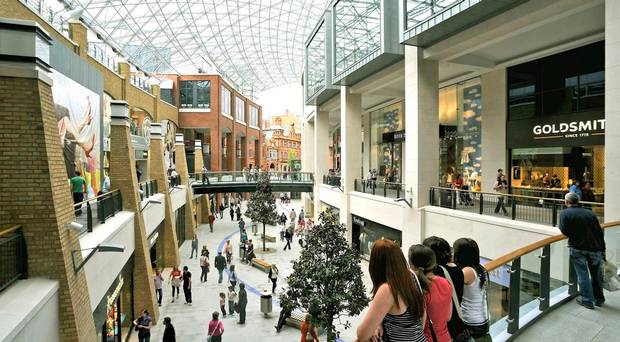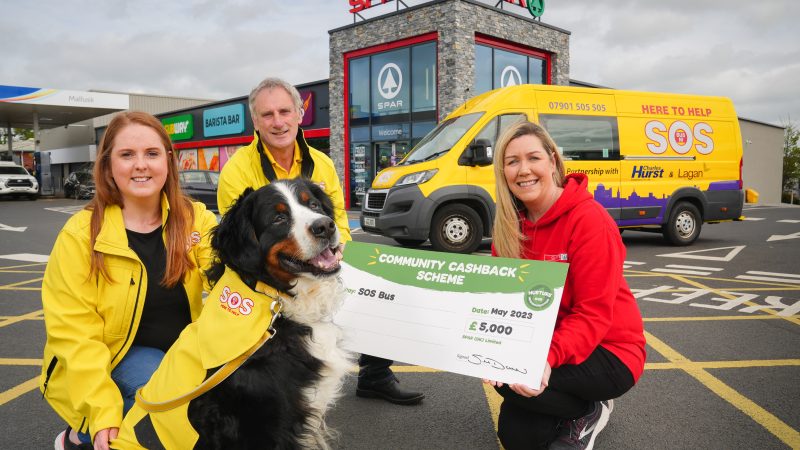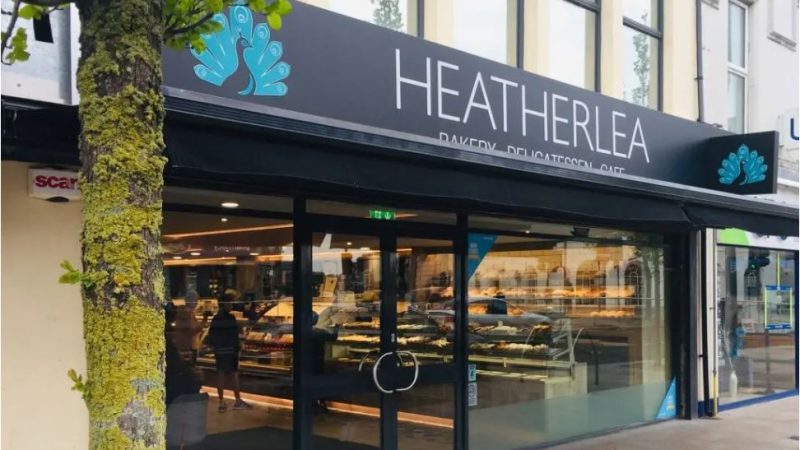End of Growth Period as Footfall Drops

Footfall fell by 0.3 percent in Northern Ireland in July, ending two months of growth. This is below the three-month average of 1.4 percent but above the twelve-month average of -2.1 percent.
This leaves Northern Ireland as the region with the highest vacancy rate for two years at 14.4 per cent, up from 14.2 per cent in April 2018.
Aodhán Connolly, director at Northern Ireland Retail Consortium advised:
“The slight fall in footfall is again better than the national average and can be taken as a reasonably good sign but what is more interesting is the slight shop vacancy rise of 0.2 percent. This may appear to signal stagnation in vacancy rate here but in reality, because of recent CVAs and shop closures across Northern Ireland, the retail landscape is in flux. Closures change the footfall dynamic for surrounding stores and while prominent units do replace tenants quickly, any further closures will again skew trading conditions and make conditions more challenging.
The retail industry is under considerable pressure. There are nearly 2,500 fewer retail stores in the UK than there were three years ago. Industry profitability is falling with net profit margins now 3-5 percent of retail sales down from 6-8 percent over the past decade.
There needs to be an overhaul in our antiquated business rates system that is a disincentive to invest in Northern Ireland. Business rates are payable regardless of the profit a retail business may or may not be making. This is acting as a barrier for new entrants to the industry and is preventing the reinvention of high streets as more and more retailers reduce store portfolios.”
Footfall grew on the High Street and Retail Parks (1.4 percent), albeit at a slower rate than enjoyed in May and June where they had grown by 2.2 percent and 6.2 percent respectively, while it fell deeply by 5.5 percent in shopping centres compared to a year ago where it fell by 1.0 percent.
Diane Wehrle, marketing and insights director at Springboard commented on the drop, stating:
“Inevitably the hot weather in July impacted visits to retail destinations as the attraction of external environments and non-retail experiences lured consumers away from stores. But the fact that footfall in Northern Ireland’s high streets rose by +1.4 percent (by more than the +0.3 percent in high streets nationally), gives the greatest insight into consumer trends.
Footfall in Northern Ireland’s high streets rose during both shopping hours (+0.2 percent) and post 5pm (+6.2 percent), undoubtedly reflecting the positive impact of the hot weather in drawing consumers into town centres throughout the day. However, it is also indicative of the ability of high streets to cater for shoppers’ demands otherwise they would head elsewhere.
This is illustrated in the result for shopping centres in Northern Ireland, where a -12.9 percent drop in footfall during retail trading hours was exacerbated by a -8.8 percent decline post 5pm. Clearly there will have been a weather impact to some degree making high streets more attractive, but being the tenth consecutive month with a drop in shopping centre footfall, clearly more structural factors are at play.
The paucity of hospitality offer in shopping centres is well known which goes against consumer demand for experience; but they are also hampered by the dominance of fashion and department stores/large multi retail units, with footfall entering these types of stores declining by more than footfall generally.”







